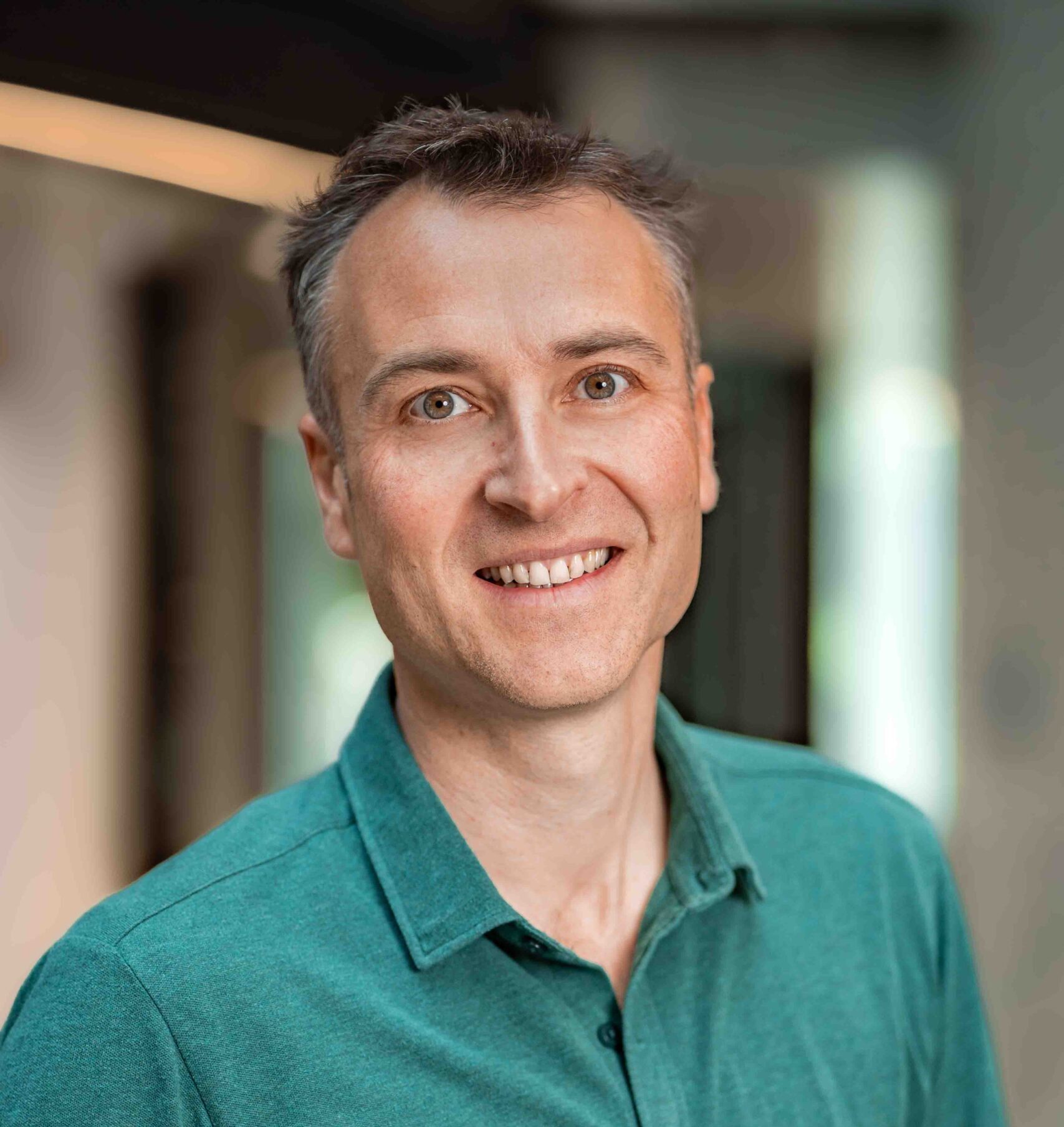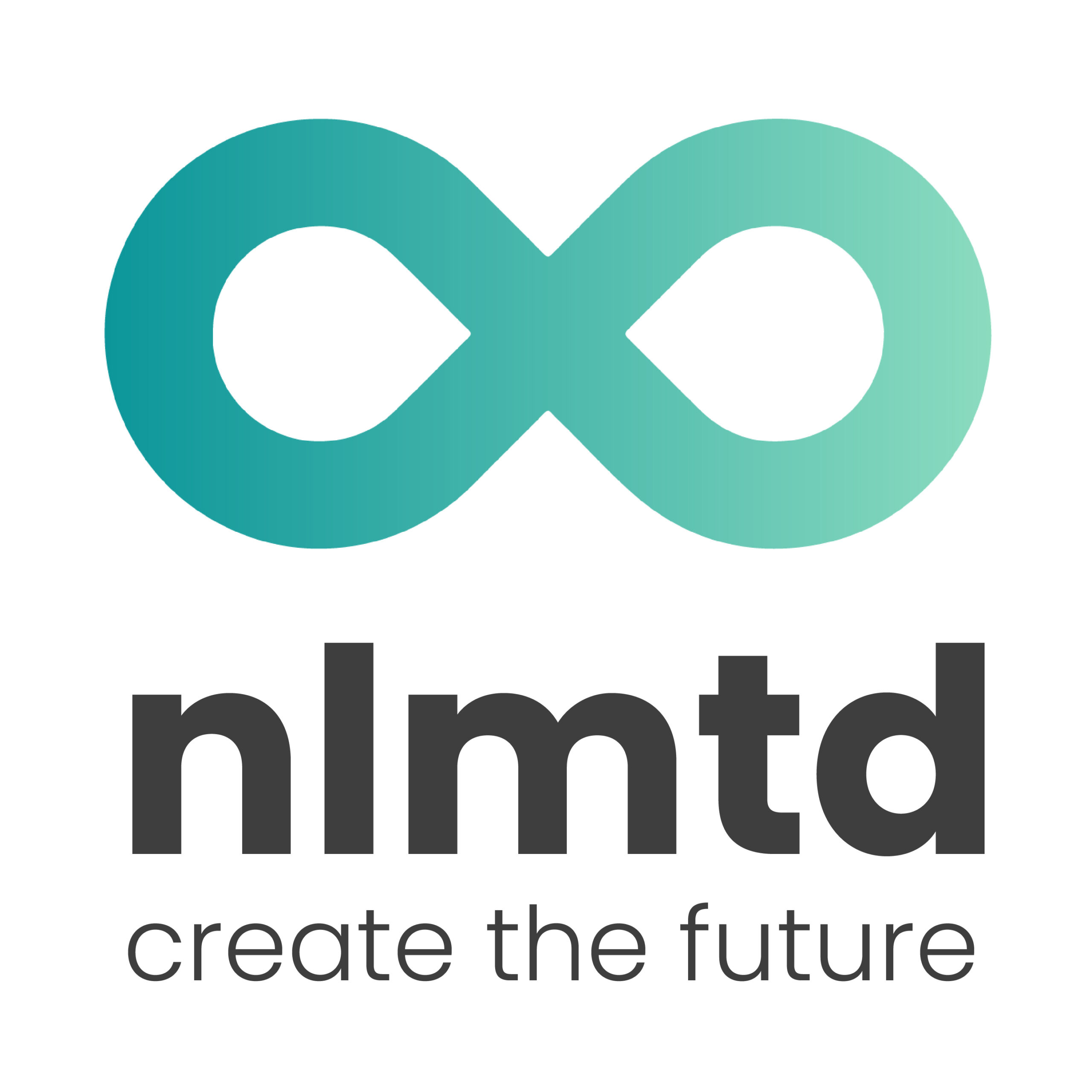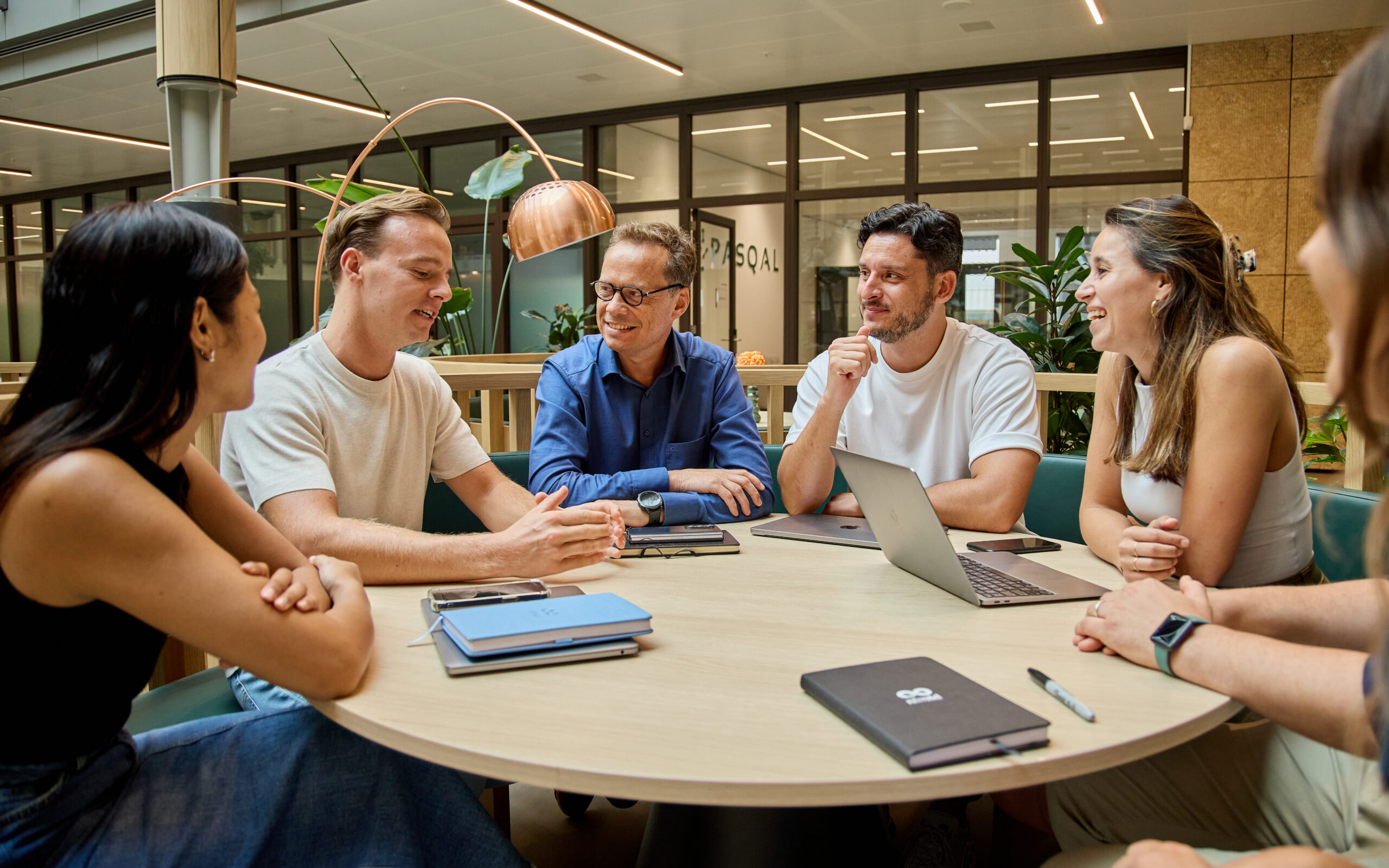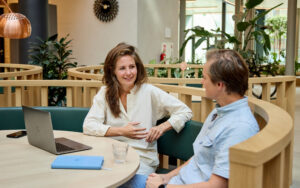
Willem Koeman
Publiek & Sociaal domein nlmtd
Willem is a director at nlmtd, where he focuses on digital transformation, public innovation, and ecosystem development. With expertise in strategic leadership and coalition building, he assists governments and networks in defining their direction and gaining momentum. His background in social sciences and computer science drives his commitment to technology that supports public values and promotes societal change.
Share this article
We all rely on them: rules of thumb and underlying assumptions. They provide guidance, reveal patterns, and make complex systems easier to grasp. In system design, they are essential. Allowing us to build on existing insights rather than starting the analysis from scratch each time.
But that same convenience can also become a pitfall: rules of thumb are not laws of nature, but beliefs. And those beliefs can backfire, leading to exclusion and injustice. The solution? Bringing them into the open. Because once we do, we create space for systems that are not only efficient, but also fair and humane.
That, according to nlmtd, is where the human dimension lies. What does this look like in practice? Three persistent assumptions from our work show why it pays to question what is taken for granted.
Equal treatment is always fair
We often hear it: equal treatment is the essence of justice. But that is not a law of nature; it’s an assumption. Once you acknowledge that equal treatment is not always fair, space opens up to see that true justice sometimes requires unequal treatment.
In practice, we saw this during the COVID vaccination campaign. The same rules and the same pace applied to everyone, but precisely because of that, vulnerable groups risked being left behind. We supported the Municipal Health Service (GGD) in pausing to ask: who is falling through the cracks? By building in tailored solutions, labor migrants, people with disabilities, and non-mobile elderly also gained access. Sometimes, not treating everyone the same, but making a difference, is the very condition for real justice. See the GGD case here.
The more rules, the more justice
It sounds logical: the more rules and procedures, the fairer the outcome. However, this is also an assumption. In reality, an overload of rules often leads to frustration, delays, and a sense of powerlessness among citizens.
In Groningen, this became painfully clear in the handling of earthquake damage claims. Procedures were designed to be fair, but in practice, residents became entangled in paperwork and complexity. Together with the Institute for Mining Damage Groningen, we redesigned the claims process from the perspective of people’s everyday lives. The result: more straightforward, softer, and easier to understand. Justice, it turned out, did not grow from more rules, but from fewer obstacles and more humanity.
Structuren garanderen samenwerking
Another persistent assumption is that once the structure is clear, collaboration will naturally follow. But true partnership does not emerge from charts or organizational diagrams; it grows from trust and relationships.
In pandemic preparedness, the initial focus was on setting up new governance structures and agreements. Necessary, but not sufficient. Because without trust and broad support, any structure remains hollow. That’s why we guided the process not only technically, but also relationally: by creating space for dialogue, interests, and human dynamics. In this way, collaboration became more than a chart; it became something genuinely carried by the people themselves.
These examples show that the human dimension is not a soft add-on, but the core of a system that truly works. By opening up a conversation about assumptions, we create space for systems that are not only logical on paper but also practical, livable, and just in real-world applications.
What assumption would you question first?
Ready to design systems that are not only efficient, but also livable and just? Let’s talk! willem@nlmtd.com.





